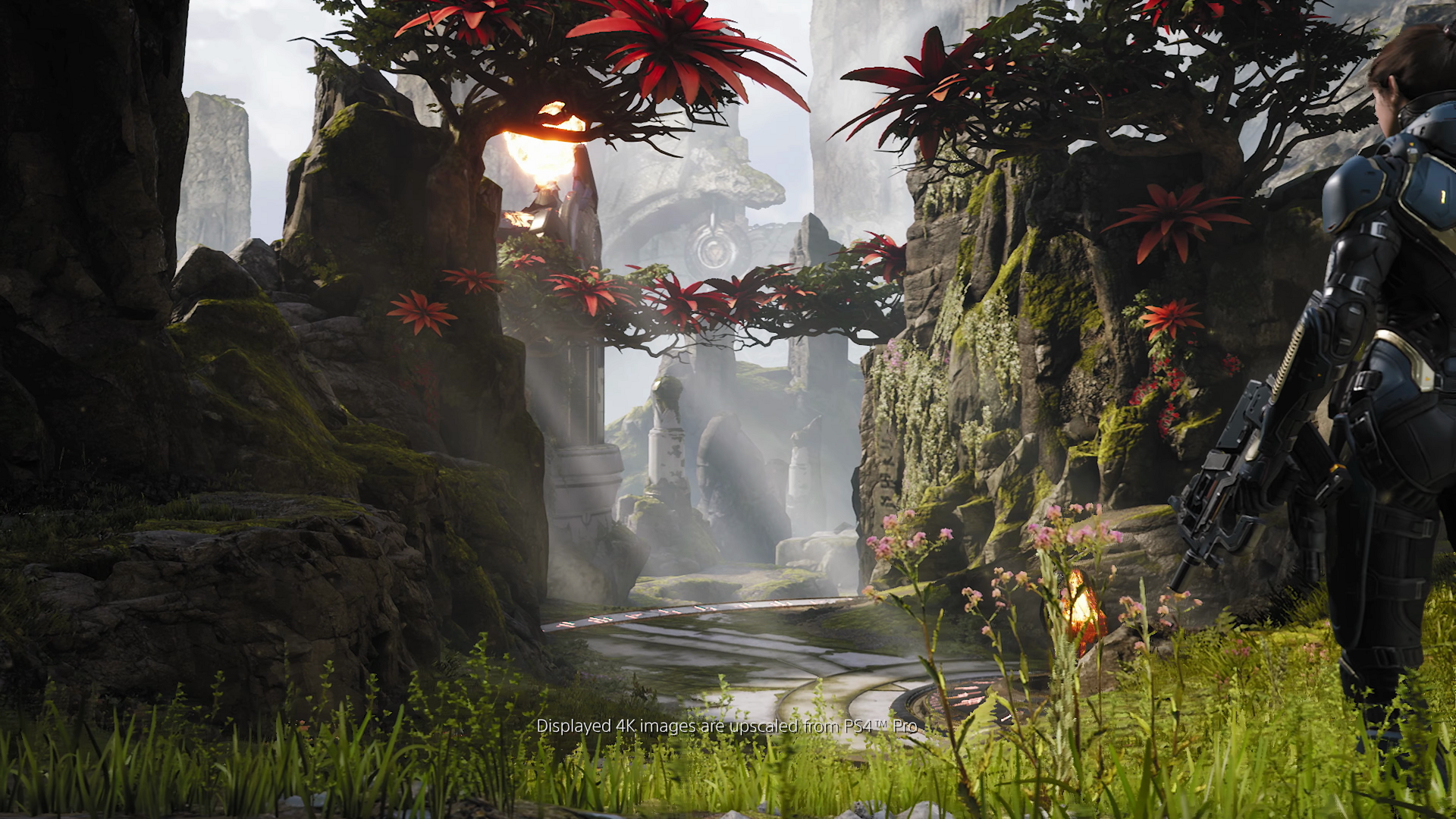Right...but it's not that simple.Gotta sell those new tv models.
TV technology would have progressed anyway but more importantly Sony seems hell-bent on pushing console technology. Look back to the PS3; Polyphony Digital Inc. had technological desires beyond capability (1080p mode).
I believe this is just Sony saying 'look at how clever we are'. Sony have always been know to push the boundaries but sometimes they want to push it too far. It's the same here so I think the 4K messaging is purely for gamers i.e. a 4K capable PS4 Pro won't add an exponential amount of sales to it's own 4K TV division.
4K TV's will organically become more popular anyway.
The PS4 Pro version of Paragon is only going up to 1080p and pushing fidelity as much as it can at 60fps. Probably a rare case but it's at least one example of it.
I know it's illustrative but it doesn't look all that great anyway i.e. that's not a standard I'd use...but then again I have yet to seen anything I would say is vastly improved, or at least improved to a degree that gives an impression of the additional capability.For now, paragon is the technical showcase every ps4 pro version of games should strive for.
900p -> 1080p bump, maybe even higher?
60fps
Added graphical effects. I noticed per object motion blur, not sure if the ps4 version has this.
More detailed environments (just look at the rocks and added grass)


I hope it is a sign other developers can improve 1080p titles though, especially if it only takes 0.03% of resources to do so.
Sorry, I don't understand why developing a full-on 1080p title for the PS4 Pro is anything like developing for an entirely new platform. I've tried to understand the context by reading through it a couple ion times but I can't see it : (That is like asking for a PS5, right now. Not happening. Sony still believes in the PS5, and have made clear since the Pro was first leaked that the Pro was not intended to be that, but a PC like option, where the same games as the PS4 are run at a higher fidelity.
At the very most, you'll see 1080p enhanced titles of already made games, where higher graphical settings that already exist on PC are enabled on console, like Tomb Raider is doing.
Yeah, I'm hoping developers resources are made easy so they can better manage and implement improvements to a PS4 Pro version.The ID buffer & other changers make me feel the same way but I think devs will still learn new techniques even with PS4 Pro being more of a enhanced PS4.
Could a game be developed for the PS4 Pro and then drop code for the PS4 version to keep performance parity?
Oh...there it is.Something similar could happen to some extent, by pushing the Pro as a lead platform and rendering games on the standard PS4 at lower resolutions or by utilizing dynamic resolutions. A lot more can be done with the new hardware.
This is what I'm afraid of and why I don't like this iterative strategy because I feel when a fixed platform starts to move about it's less important. At least with clear generational gaps there's a defined purpose to a platform.The more frequent new consoles are released the less ground-up developed titles you will see...

